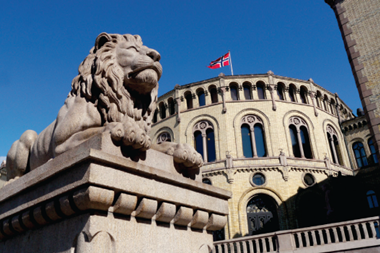It’s official – Norway’s state pension system needs another overhaul. The Pension Commission published its hefty report in June arguing for changes to make it socially sustainable by raising age limits, pegging minimum benefits to wage growth and shielding disability pensions from the effects of life expectancy adjustment.

As they soak up the summer sun, many Norwegians may agree that more pensions social justice is needed, but the question of how to pay for it could furrow some brows.
Academics in Norway say that, on the face of it, the changes are needed and so the government will make them affordable.
But as the Finance Ministry said last year, budgetary leeway is narrowing after two decades of substantial petroleum revenues enabling a degree of public spending few other countries have enjoyed. Now the sovereign wealth fund is facing much slower growth due to shrinking revenues and the large fluctuations in the value of its investments.
“The question is what has to give – taxes, other entitlements, infrastructure, education or other government programmes,” says one academic.
Large-scale pensions reform is a tricky exercise to get right, particularly if it depends on increasing productivity to pay for it – which this proposal requires to some extent. The pension system is complex, and changes in one area can have unintended consequences in other areas.
One such accidental effect could be an increase in the number of working-age Norwegians on disability insurance, already more than 10%, making the extra social sustainability proposed by the committee still more costly. Certain features of the plan could give stronger incentives for people to qualify for disability insurance, one source says. At any rate, there is plenty of holiday reading matter in the 362-page report. The consultation ends on 21 October.
Rachel Fixsen, Nordic Corrsepondent
rachel.fixsen@ipe.com























No comments yet